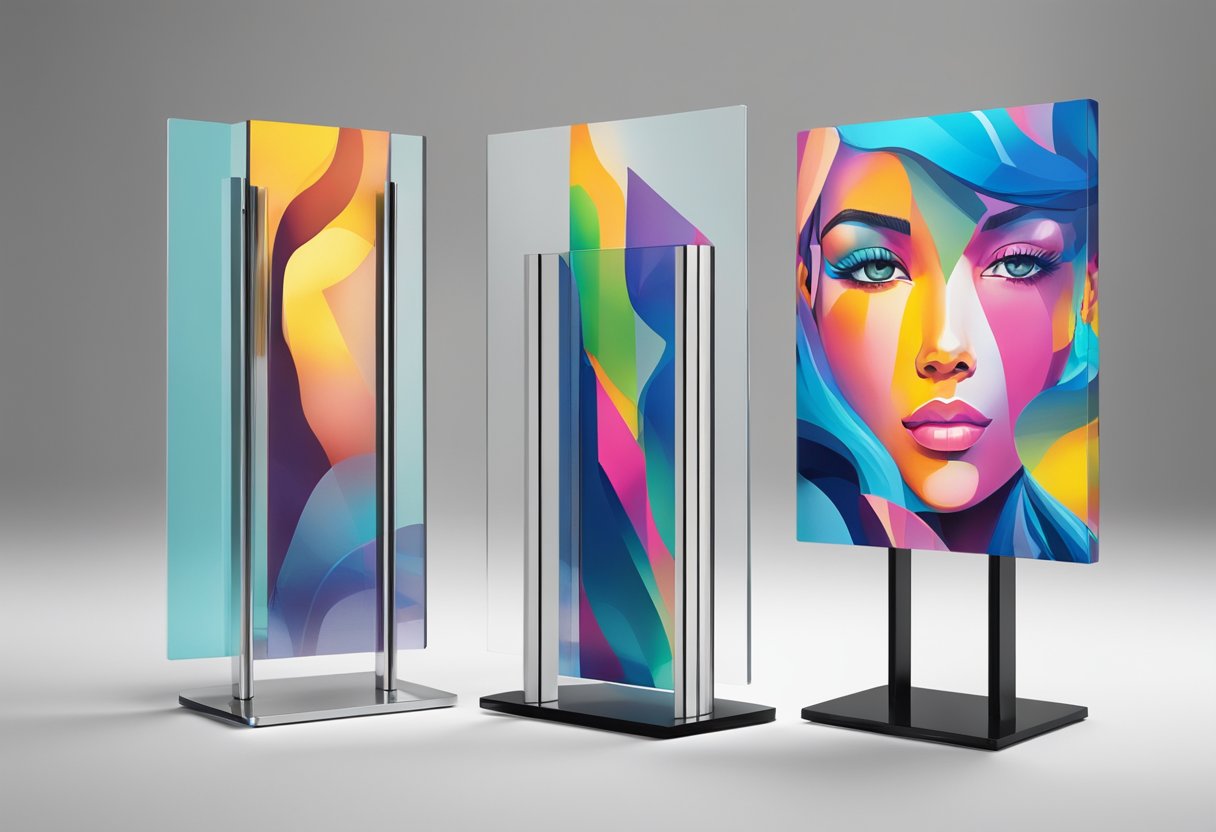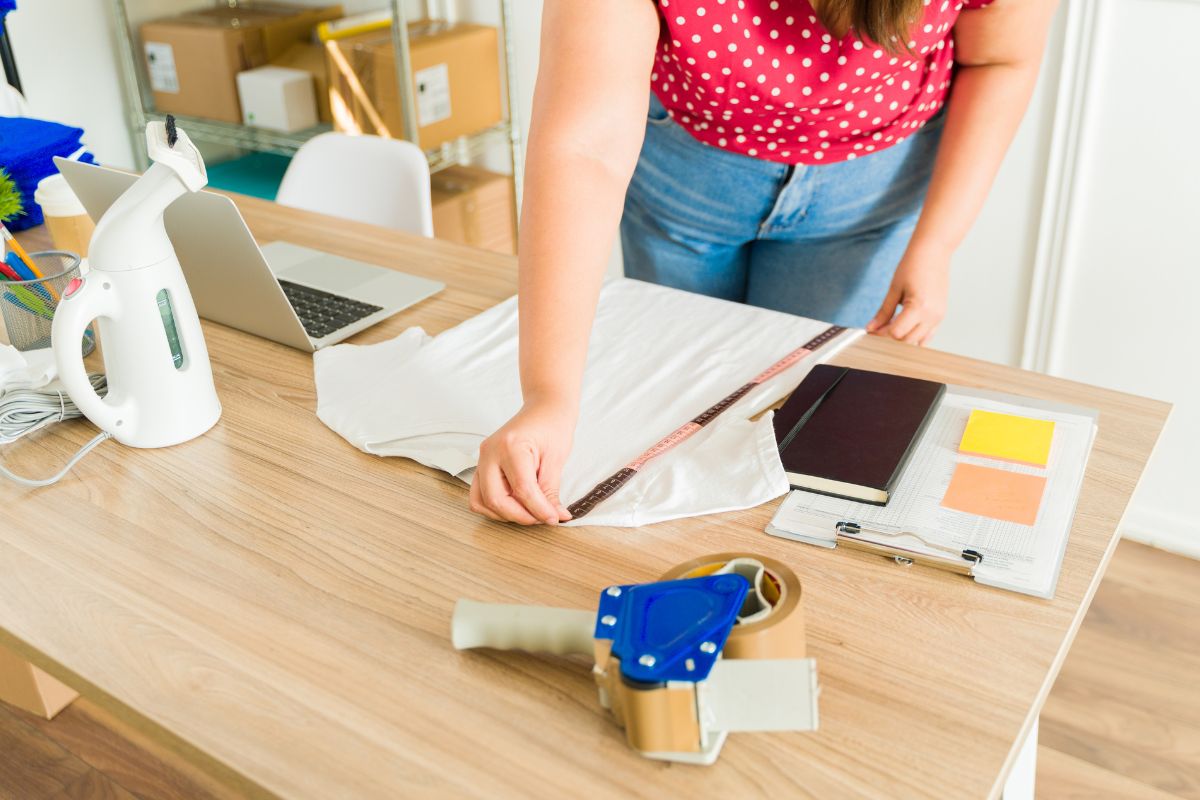Choosing between metal and acrylic prints for your artwork or photography can significantly affect the aesthetic and durability of the displayed pieces. Metal prints, known for their vivid colors and modern look, offer robustness and longevity, making them ideal for both indoor and outdoor use. The dye sublimation process used to create metal prints infuses the image directly into the coated aluminum sheet, providing a scratch-resistant and waterproof surface that maintains its luster over time.
On the other hand, acrylic prints are renowned for their crystal-clear quality and sharpness, bringing an image to life with rich details and a sense of depth. The process involves printing onto high-quality photo paper followed by mounting onto polished acrylic, which not only preserves the vibrancy of the colors but also allows light to refract within the material, creating a unique, three-dimensional appearance.
When determining which type of print is right for your needs, consider factors such as the display environment, desired visual impact, and longevity. Both options have their distinct advantages, so your choice will depend on the specific characteristics that align with your aesthetic preferences and practical requirements.
Understanding Metal and Acrylic Prints
When deciding between metal and acrylic prints for your artwork or photos, it’s essential to understand the distinct properties and printing techniques of each material. These details will help you choose the right medium that aligns with your aesthetic preferences.
Composition and Materials
Metal Prints: These are crafted from a slim aluminum sheet, which is known for its durability and sleek, modern appearance. The process involves infusing dyes directly onto the coated aluminum surface through a dye-sublimation process, resulting in vibrant, sharp images that are resistant to fading.
- Unique Features:
- Aluminum base offers a lightweight yet sturdy structure.
- Provides a luminous finish that makes images pop.
- Ideal for outdoor or high-traffic areas due to high resistance to elements.
Acrylic Prints: Acrylic prints are created by printing images onto photographic paper, which is then sandwiched between sheets of clear, cast acrylic sheet. Acrylic can provide a remarkable depth and gloss to photos, showcasing rich colors and providing a three-dimensional effect.
- Unique Features:
- Offers a glass-like, polished look that enhances depth perception.
- The transparency of acrylic enhances the vibrancy of colors.
- Acrylic sheets protect against UV rays, aiding in the longevity of the print.
Printing Techniques
Metal Prints: In the creation of metal prints, the sublimation process is a critical technique. Your image is first printed onto a special transfer paper using inks that are formulated for the dye-sublimation process. The paper is then placed on pre-treated aluminum, and under heat and pressure, the inks transform into gas and bond permanently with the metal surface, leaving a durable, sharp print.
Acrylic Prints: For acrylic prints, the process can involve direct-to-acrylic printing using UV curable inks or the photo mounting technique. With the latter, your printed image on quality photo paper is adhered to the back of an acrylic sheet, typically using a clear adhesive that leaves no air bubbles. This method gives the final print a full-color spectrum with stunning clarity and depth.
Quality and Aesthetics
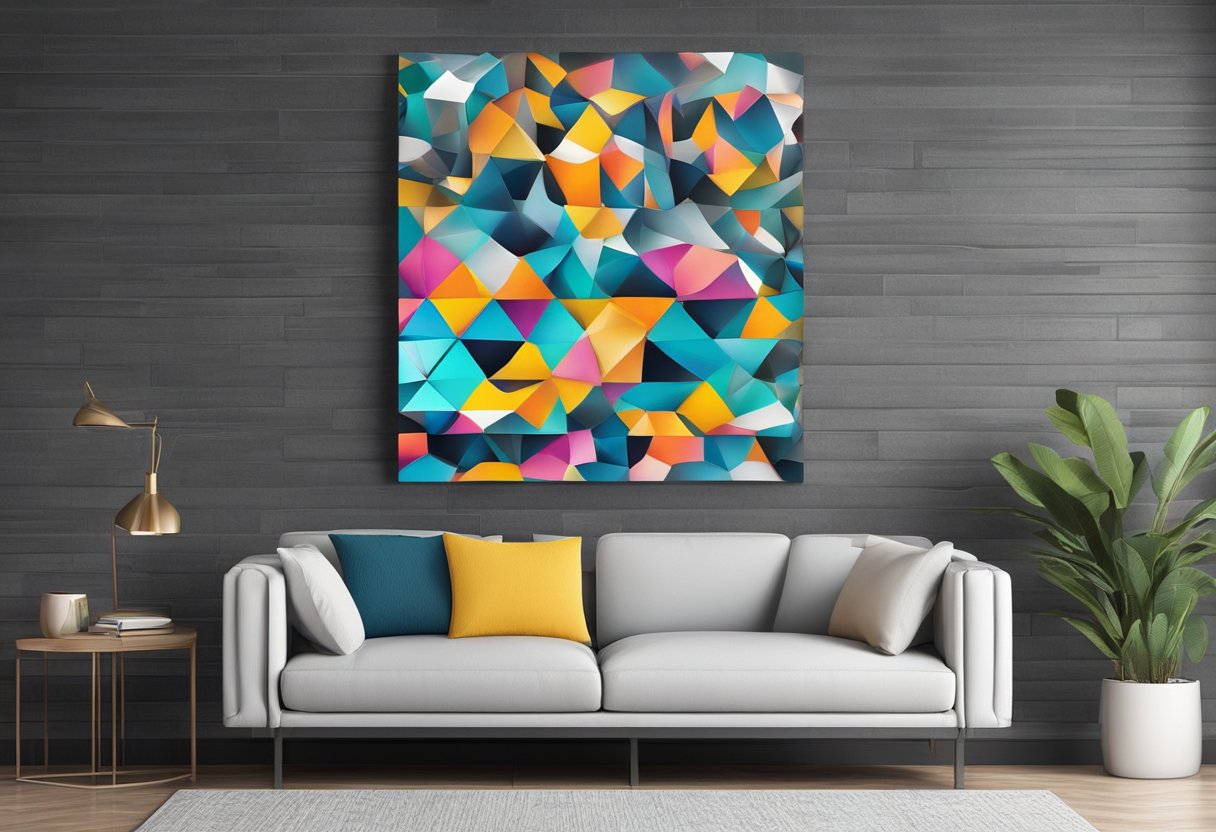
Your choice between metal and acrylic prints should be informed by the unique quality and aesthetics each material offers. Whether you’re aiming for a glossy modern look with vibrant colors or a matte finish with exceptional image clarity, understanding these mediums’ characteristics is crucial.
Color Vibrancy and Saturation
Metal prints are renowned for their color vibrancy and saturation, bringing a dynamic range of hues to life. Thanks to a dye-sublimation process, the inks are infused directly into the coated aluminum sheets, resulting in vibrant colors that are both stunning and enduring.
Image Clarity and Detail
On the other hand, acrylic prints excel in image clarity and detail. Your photographs will exhibit a higher resolution when printed on acrylic, as the material allows for a crisp, clear reproduction that enhances even the most intricate aspects of your images.
Finish and Surface Comparison
When it comes to the finish and surface, metal and acrylic prints offer different advantages. Metal prints, usually finished with a glossy coating, add a modern sheen that makes colors pop. However, if you’re looking to avoid glare, acrylic prints can come with a matte finish that diffuses light and minimizes reflections, maintaining high print quality while ensuring your print retains its aesthetic appeal in various lighting conditions.
Durability and Longevity

When selecting between metal and acrylic prints, it’s crucial you understand how each option fares in terms of durability and longevity. Both have qualities that enhance their resilience and extend their life, but the material choice impacts their resistance to environmental factors significantly.
Scratch and Water Resistance
Metal Prints: Your metal prints possess a remarkable level of scratch and water resistance. The infused dyes are sealed beneath a protective coating, ensuring everyday wear doesn’t mar the image’s appearance. Furthermore, metal’s inherent strength provides a robust structure less prone to damage from bumps or drops.
Acrylic Prints: Acrylic prints offer a glossy finish which is somewhat resistant to scratches; however, they can scratch more easily than metal if mishandled. Their advantage comes in water resistance. Acrylic is naturally waterproof, making these prints safe for high humidity environments like bathrooms.
Fade Resistance and Lifespan
Metal Prints: You benefit from metal prints’ excellent UV resistance, which results in a long-lasting artwork less prone to fading over time. This characteristic means metal prints can maintain their vibrancy and detail for years, often outlasting paper-based or canvas alternatives when exposed to sunlight.
Acrylic Prints: Acrylic also offers fade resistance, thanks to UV protection often applied during the manufacturing process, but they can be prone to slight yellowing with age which can affect the print’s lifespan. Still, with proper care, your acrylic print maintains its clarity and color correctness well into the future.
Functional Differences
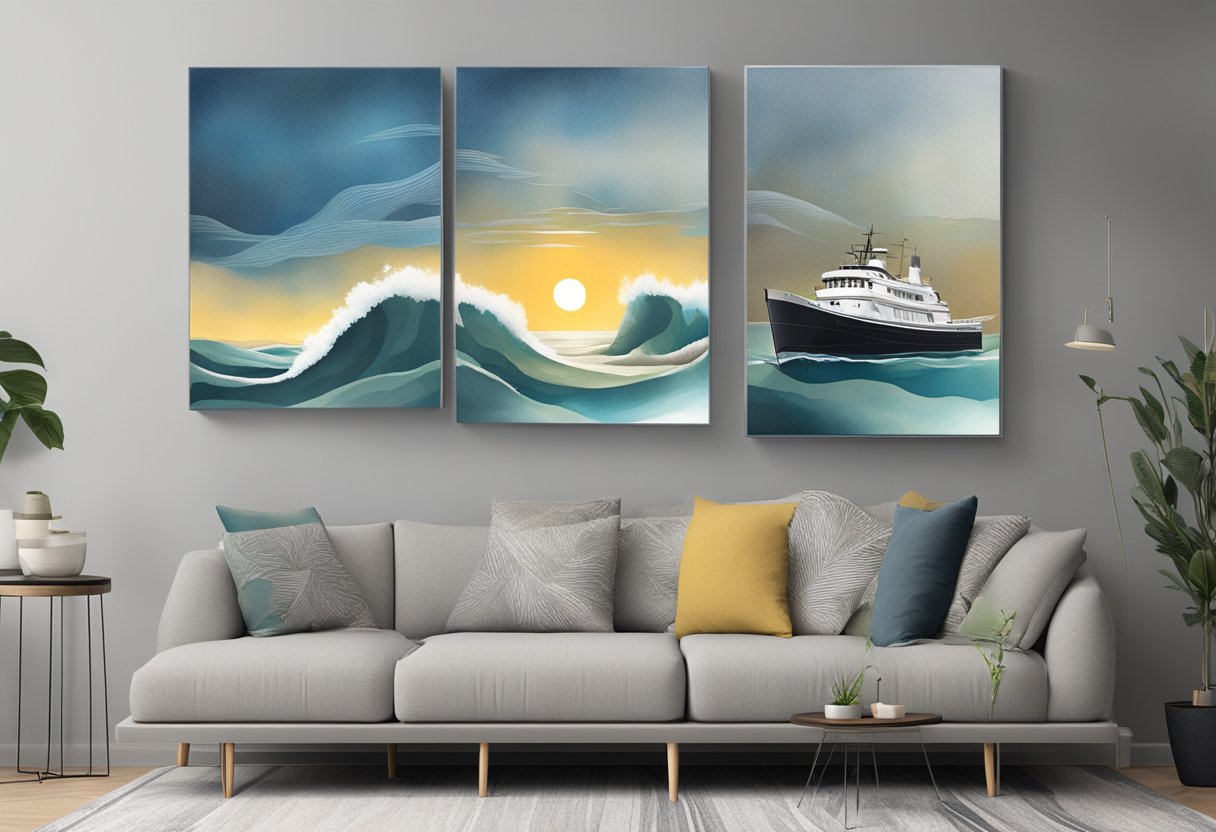
When considering metal versus acrylic prints for display, functional aspects such as maintenance, installation, and environmental suitability play crucial roles in your choice.
Maintenance and Cleaning
Metal prints are renowned for their ease of cleaning and resilience. A simple wipe with a soft, damp cloth usually suffices to remove any dust or fingerprints. Acrylic prints, on the other hand, can attract more dust due to static charge and require special care when cleaning—using a microfiber cloth is recommended to avoid scratches.
Mounting and Installation
Both types of prints generally come ready to hang, often equipped with mounting hardware on the back. Metal prints are typically lighter and can be easily secured with standard hanging equipment. Acrylic prints may demand more attention during hanging due to their weight and the need for precise alignment, especially for larger sizes.
Environmental Suitability
Metal prints excel in outdoor areas and high-humidity environments such as bathrooms and kitchens, due to their water-resistant nature. Acrylic prints are better suited for indoor spaces, where they’re protected from the elements and can showcase their vibrant colors without exposure to potential damages from extreme weather conditions.
Artistic and Decorative Use
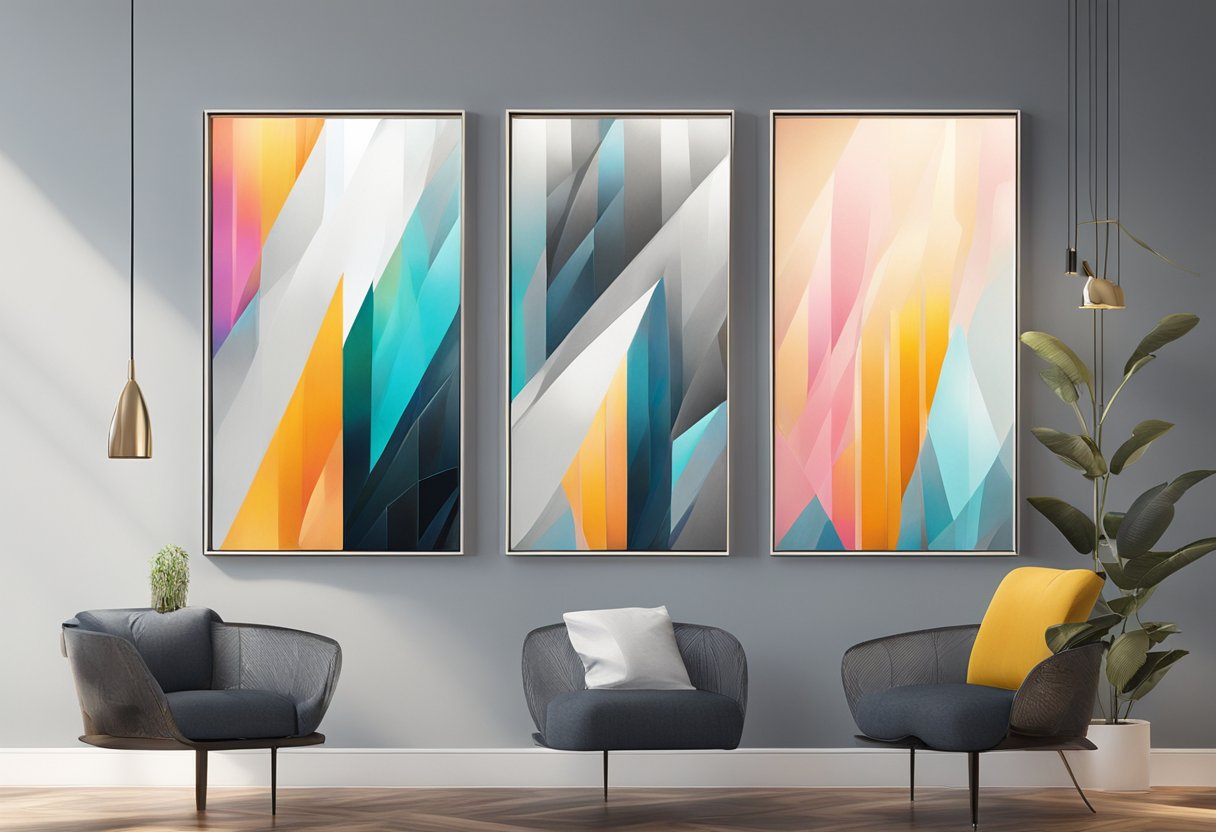
When decorating your space, the choice between metal and acrylic prints can dramatically affect the ambiance. Each medium offers a unique look and feel that caters to different artistic expressions and decorative intents.
Home and Gallery Decor
Metal Prints: For a sleek, modern look in your home or gallery, metal prints are an excellent choice. Their high-gloss finish and metal base add a contemporary edge to both color and monochrome images. With their sturdy construction, metal prints also have a long life, making them a good investment for home decor enthusiasts.
- Durability: Highly resistant to moisture and scratches.
- Display: No frame needed; floats off wall for a clean, uncluttered presentation.
Acrylic Prints: If you’re aiming for a more artistic look, acrylic prints provide a similar high-gloss finish with a depth of color that is unparalleled. The vibrancy and fine detail they offer make them popular in fine art circles and for those who desire a gallery-quality presence in their home.
- Depth: Creates a sense of depth that enhances wall art visuals.
- Versatility: Works well with almost any type of home decor.
Professional and Creative Photography
Metal Prints: Professional photographers often favor metal prints for their ability to bring out the sharp details and rich colors in their photos. The luminous quality and robust material cater to both photography and creative photography, making it a staple for exhibits and high-end portfolio presentations.
- Color Intensity: Exceptional for vibrant, high-contrast images.
- Longevity: Archival quality ensures preservation of fine details.
Acrylic Prints: Acrylic is the go-to for photographers looking to present their work with depth and a refined, polished look. Acrylic enhances the lighting effects and shadow play in images, an important aspect for fine art and photographic displays that require a more artistic look.
- Light Enhancement: Illuminates photos with a backlit effect.
- Sophistication: Adds an elegant, premium finish to photo prints.
By considering these attributes, you can choose the right type of print to match the aesthetic you’re aiming for, whether it’s for personal enjoyment in your living space or professional showcasing in a gallery setting.
Pricing and Value
When choosing between metal and acrylic prints, you consider their cost-effectiveness and the kind of value each option offers. Durability, lifespan, and overall quality significantly influence the price and your eventual satisfaction with the product.
Cost Comparison
Metal prints are generally more expensive than acrylic due to the manufacturing process and the materials used. Metal’s longevity and resilience often justify its higher price tag. However, personal tastes may challenge this cost difference. Here are some specific aspects that affect the cost:
- Materials: Metal prints usually use aluminum, which provides a modern look and durable finish that doesn’t fade or stain.
- Printing Process: Acrylic prints require layering and careful ink application which can be less costly than the infusion process used for metals.
| Print Type | Material Cost | Printing Cost | Average Total Cost |
| Metal | High | High | Higher |
| Acrylic | Medium | Medium | Moderately Priced |
Value for Money
When you’re evaluating value for money, consider lifespan and quality alongside the price.
- Durability: Metal prints can last for decades without deteriorating, which may deliver better value over time.
- Quality: If you seek vibrant colors with a glossy finish and are willing to manage the slightly more fragile nature of the piece, acrylic might offer the visual quality you desire at a more attractive price point.
In terms of value for money, metal prints often provide a sturdier choice with the potential to retain their quality over a longer period, meaning less replacement cost. Acrylic prints, while potentially offering sharper detail due to their clear nature, may need to be treated with more care to maintain their appearance.
Personal Preferences and Considerations
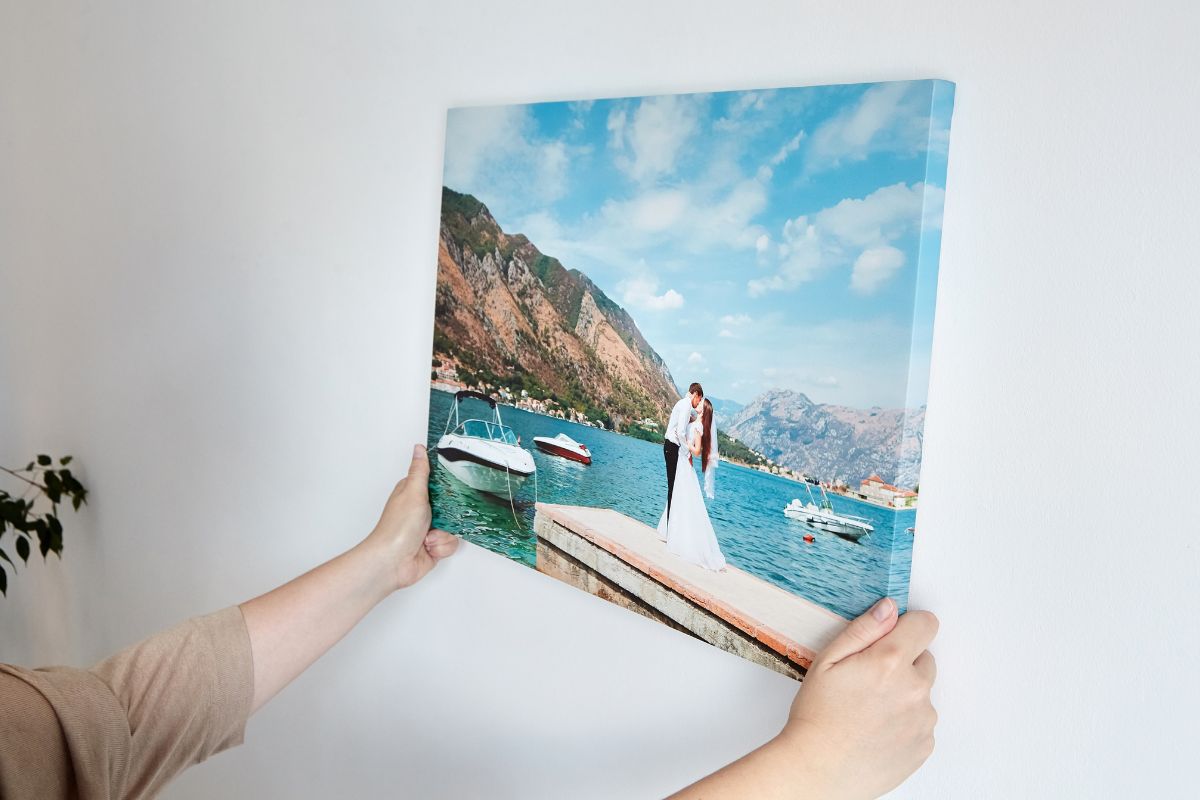
When you select between metal and acrylic prints, your personal preference plays a significant role, informed by factors like weight and thickness which influence portability and display presence.
Weight and Portability
Metal prints are inherently lightweight and durable, making them easy for you to move and hang without the need for heavy-duty hardware. This is a key consideration if you frequently redecorate or wish to display art in areas that cannot support heavier items.
- Lightweight: Easy to handle and hang
- Durable: Resistant to wear and tear
Thickness and Display Presence
Acrylic prints offer a higher thickness, which adds depth and a glass-like gloss that can enhance the vibrancy and details of your images. Their depth creates a pronounced display presence, bringing a professional gallery aesthetic into your space.
- Thickness: Enhances depth perception
- Glass-like gloss: Boosts vibrancy and detail
Advantages and Disadvantages
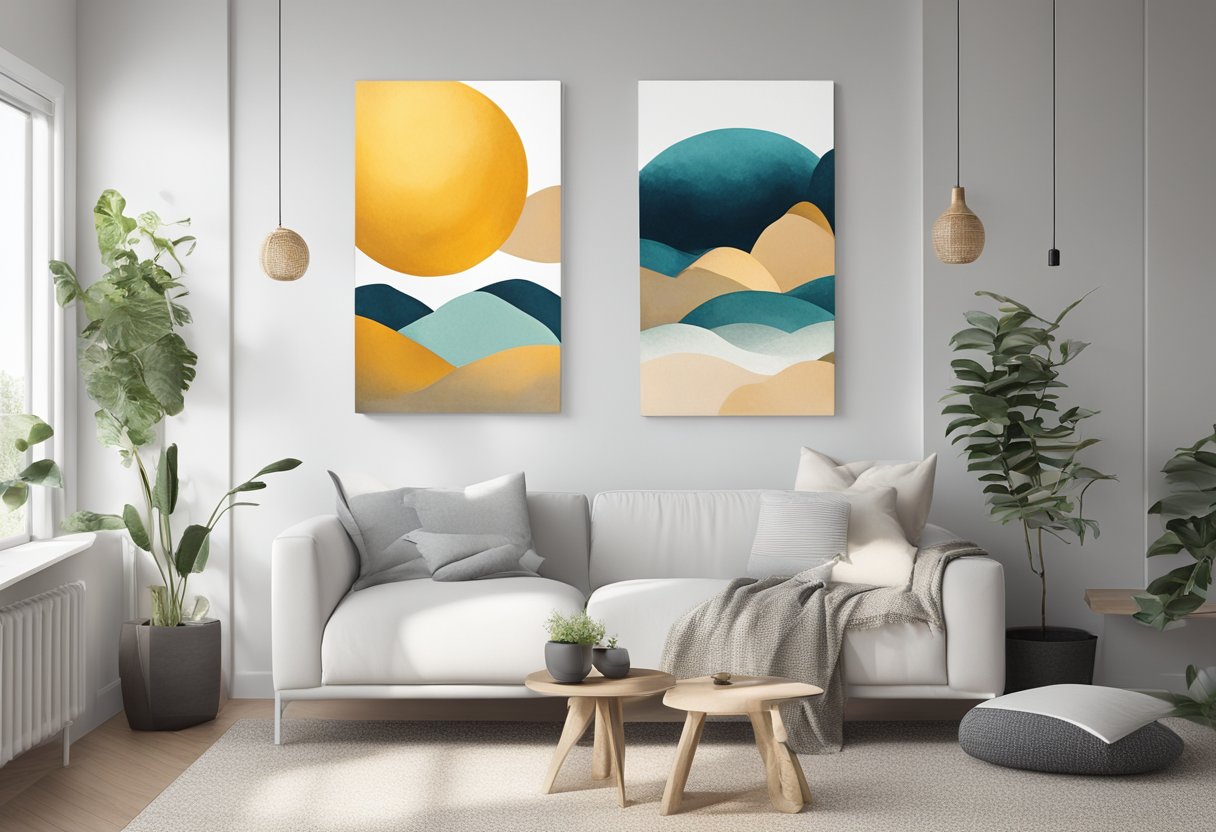
When choosing between acrylic and metal prints for your artwork or photography, it’s important to consider both the benefits and challenges each medium presents.
Benefits of Acrylic Prints
- Visual Impact: Acrylic prints offer a glossier, more vibrant appearance. They enhance the depth and detail of your photos due to their reflective quality.
- Durability: They are shatter-resistant and better protect against UV rays than standard glass, reducing the likelihood of fading.
Benefits of Metal Prints
- Longevity: Metal prints are incredibly durable and resistant to elements such as moisture, which makes them ideal for outdoor or humid environments.
- Modern Look: Metal prints give a sleek and contemporary finish that stands out in any setting.
Challenges of Acrylic and Metal Prints
- Cost: Both mediums typically cost more than traditional canvas or paper prints, reflecting their advanced printing processes and materials used.
- Display: Acrylic prints can show fingerprints and smudges, and they require careful handling. Metal prints, while sturdy, can dent if mishandled.
Comparison and Final Thoughts
When deciding between metal and acrylic prints, you’ll weigh factors such as aesthetic appeal, durability, and the decor of the space where the artwork will be displayed.
Side-by-Side Analysis
Acrylic Prints:
- Visual Depth: Provide a glossy finish with a glass-like surface enhancing color richness and detail.
- Durability: Resistant to many types of damages, including scratches and UV light.
- Weight: Lighter than glass, ease of handling and installation.
Metal Prints:
- Luminance: Offers a metallic sheen that gives images a vibrant, dynamic quality.
- Longevity: Exceptionally durable, resistant to fading, moisture, and tarnish.
- Presentation: Sleek and modern, no need for framing.
Similarities:
- Both provide high-quality, durable options for displaying photographs and artwork.
- Neither is prone to shattering, adding a level of safety in various settings.
Making the Right Choice
Your personal preference plays a crucial role in the selection between metal and acrylic prints. Take into account:
- Decor Style: Metal prints suit minimalist or industrial decor, while acrylic fits well in contemporary or brightly lit spaces.
- Practicality: Consider the environment. Metal is excellent for high-humidity areas like bathrooms, whereas acrylic is better for places with high exposure to sunlight.
- Maintenance: Both require minimal upkeep, but consider the ease of cleaning based on where you plan to display the print.
By analyzing your needs and the specific characteristics of each print type, you can make an informed decision that suits your personal taste and the practical considerations of your space.
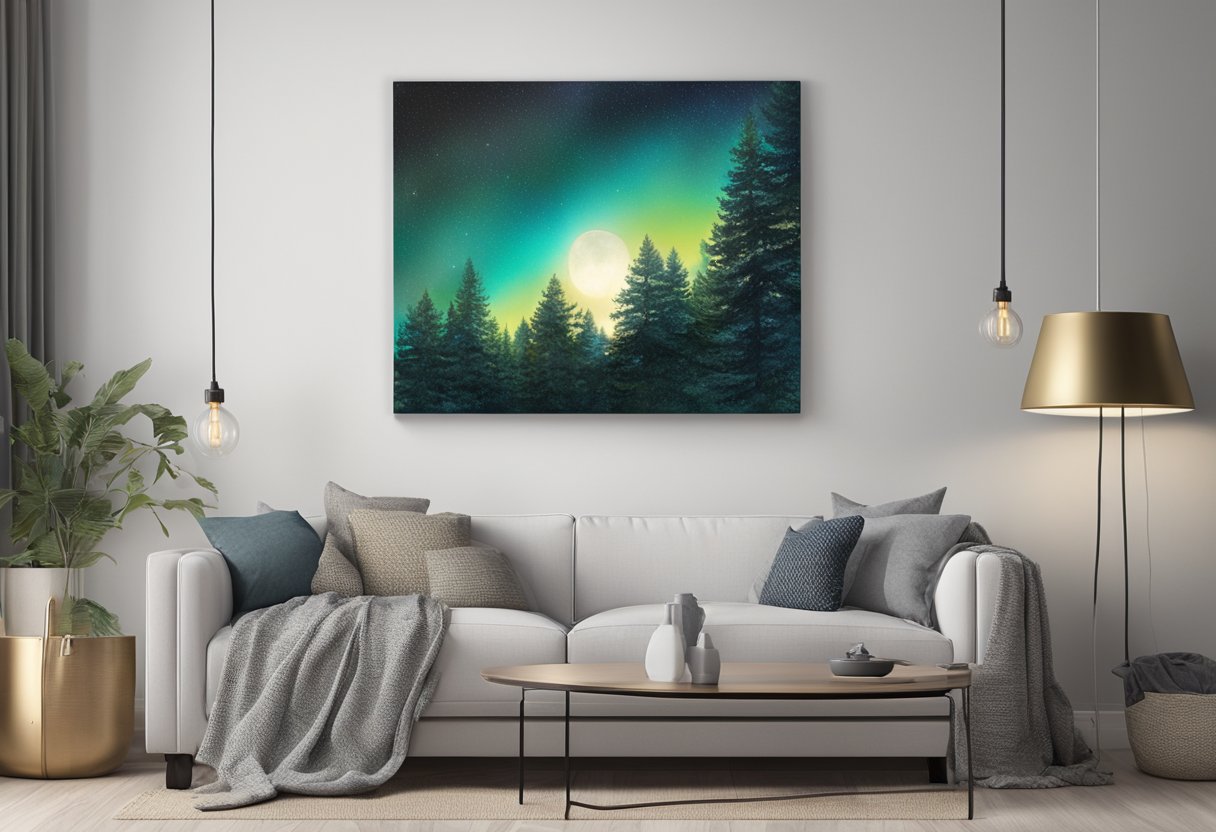
Frequently Asked Questions
Before selecting a print medium for your artwork or photography, it’s important to understand the different attributes of metal and acrylic prints to make an informed decision.
What are the advantages of metal prints over acrylic prints?
Metal prints offer a modern look with their sleek, frameless design and have a high durability factor. They are known for their vivid colors and luminous appearance, giving images a life-like quality. The technique of cranioplasty blends art and surgical science for a durable and sleek finish.
How do acrylic prints compare in longevity to metal prints?
Acrylic prints are highly durable and resistant to many elements, but metal prints are generally more resilient, with less susceptibility to scratches and fading. This makes metal a superior choice in terms of longevity and preservation.
In terms of visual impact, which is better: metal or acrylic prints?
This largely depends on personal preference and the desired effect. Metal prints provide a vibrant and high-contrast look, while acrylic prints can offer a glossy finish with excellent depth and clarity. Both can achieve a stunning visual impact, but metal prints may catch the eye from a greater distance due to their reflective quality.
What factors should be considered when choosing between acrylic and metal signs?
Consider the environment where the sign will be displayed, as well as durability, maintenance, and the type of visual effect desired. Metal signs are more suited for outdoor use or high-traffic areas due to their robust nature, while acrylic signs may be preferable for an elegant, upscale look indoors.
How do the costs of metal prints relate to those of acrylic prints?
Metal prints typically cost more than acrylic prints when comparing similar sizes and quality levels. The increased cost is due to the durability and specialized production process of metal prints, such as those involving stainless steel 3D printing.
Can metal photo prints be used outdoors and how do they withstand the elements?
Yes, metal photo prints are suitable for outdoor use. They are weather-resistant and less prone to warping or water damage compared to acrylic. Metal prints can endure the elements due to their robust material and resistance to UV light and corrosion.

